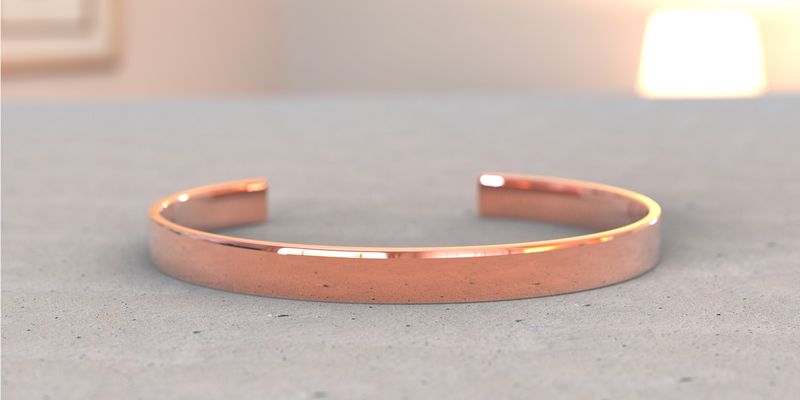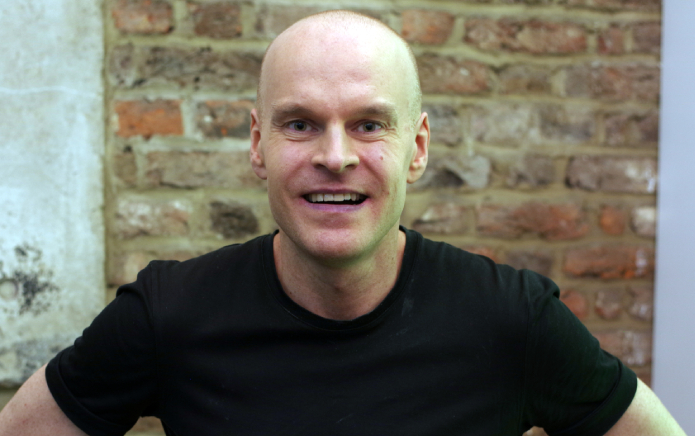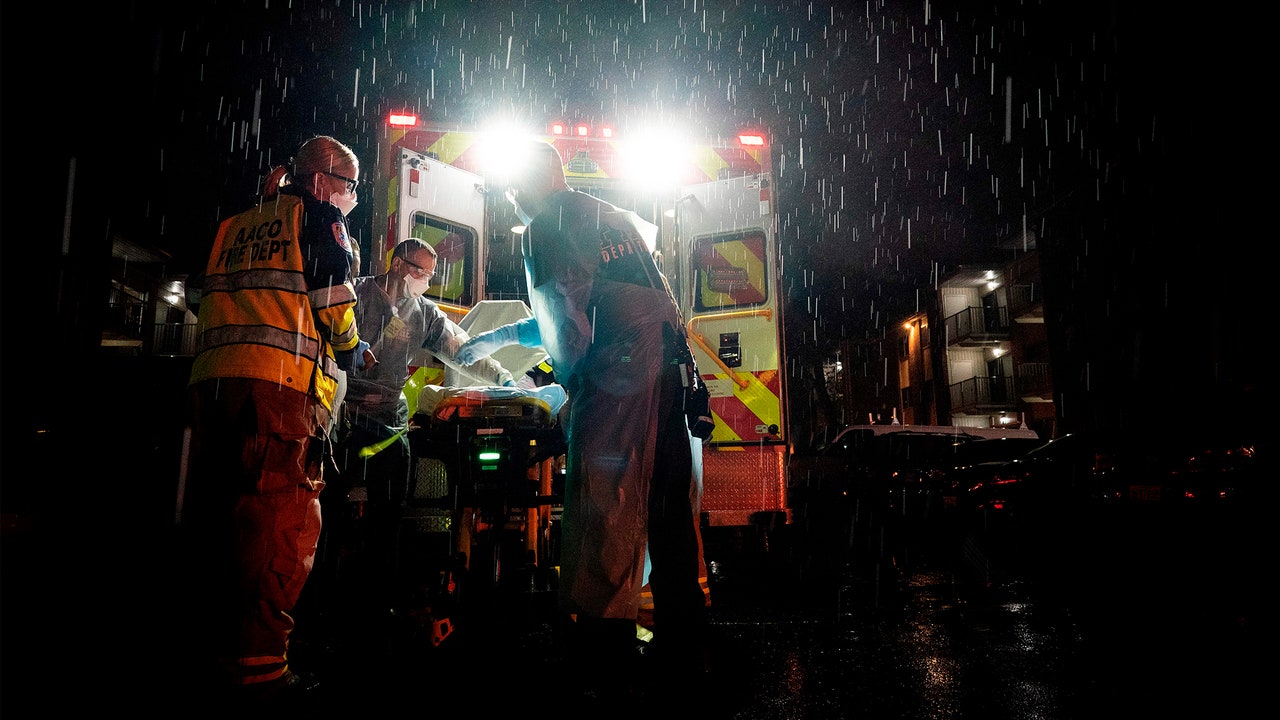
One of the key components of 6G telecommunication—the follow-up to 5G—is visible light communication (VLC), in which flashes of light are used to transmit signals. While VLC offers numerous benefits, such as better security and no known health risks, it still suffers from energy leakage caused by the LEDs emitting radio frequency (RF) signals.
Now, scientists from the University of Massachusetts Amherst have found a way to put that extra energy to use by turning the human body into an antenna, channeling the energy into low-power wearable devices.
The new paper details the development of Bracelet+, a coiled copper bracelet that, when worn on the human body, magnifies the bracelet’s ability to harvest leaked RF up to 10 times more than the copper alone. The idea of using the human body as the antenna came after testing several other materials first, like plastic, wood, steel, cardboard, and even electronics of varying sizes like cell phones and laptops. The RF collection efficiency varied depending on the antenna’s material, its thickness, and, in the case of the electronics, whether they were powered on or not. The poorest results came from a plaster wall, while the second-best result after the human body was a laptop that was powered on.
After confirming that the human body was the best antenna yet, the team designed Bracelet+. Costing less than 50 cents to manufacture, Bracelet+ is a coil of copper wire worn on the upper forearm, a location that “seemed to offer the right balance of power harvesting and wearability,” after testing belt, ring, anklet, and necklace variations. According to the authors, Bracelet+ can harvest up to micro-watts of power, which is sufficient to support on-body health monitoring sensors.
“Ultimately,” says senior author Jie Xiong, professor of information and computer sciences at UMass Amherst, “we want to be able to harvest waste energy from all sorts of sources in order to power future technology.”








